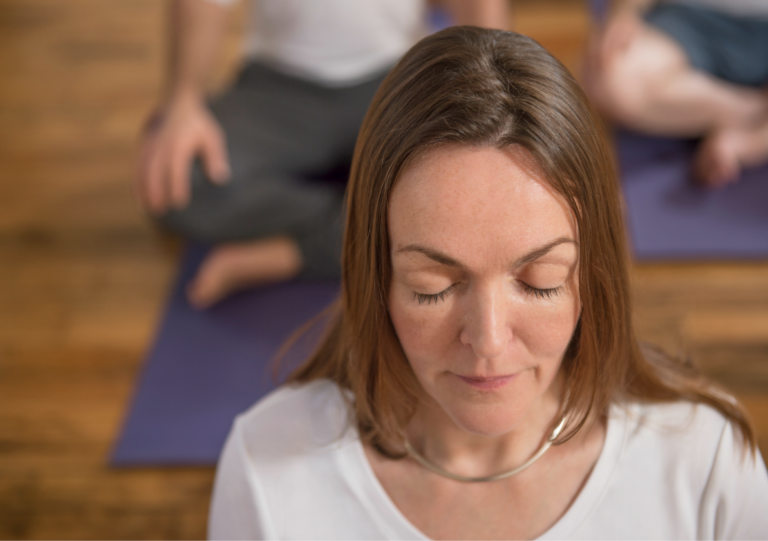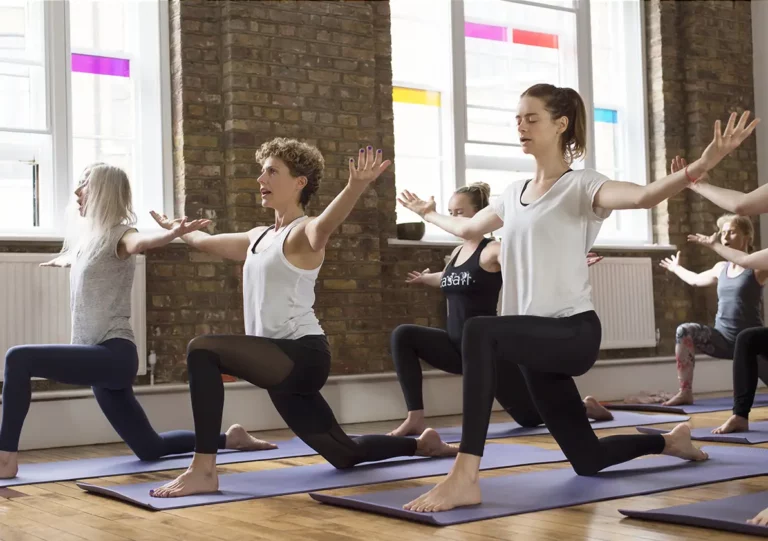We asked yoga for mental health teacher Amanda Wright to tell us about how yoga helps to relieve stress in honour of National Stress Awareness Day on 1st November. Discover Amanda’s yoga for mental health half price community classes in Shoreditch on Wednesdays from 11.15am – 12.15pm.
Something happened yesterday as I was teaching a yin yoga class, and it gives a real sense of how yoga, breathing, connectedness being embodied even if just for a while can help someone work with stress and potentially even reduce it.
Of course this is just one example, and we are all receptive to different things. But having taught yoga for 11 years, in various venues, to many different types of people, including eight years working with adults with various mental health issues, I have seen many of the benefits that yoga brings people with stress and of course have experienced this myself.
At the end of most classes I always say it’s fine to come and ask questions with regards to practice, or if any clarifications are needed around any of the mindfulness practices that I had suggested using during the session. Yesterday a young woman came up to ask me what books would be useful to help her get a better sense of yoga, we started chatting so I could get an idea of what form the book should take. She started to get emotional, which isn’t unusual after practising yoga that involves longer held hip openers for example, and said she suffered from stress and anxiety which has led her to being signed off work for 3 months. She then said that yoga was the only time she felt spacious, settled and connected. So we chatted some more, about the breath, about being in the body, bringing about that sense of connectedness. I suggested that she should focus on the breath, and feel the feet on the floor when she walked or body parts on a seat etc. particularly when she felt anxiety rising, and we will keep on checking in.
When we get caught up in our emotions whether it be anxiety, fear, anger which can all stem from stress, it tends to unground us, energy rises, bringing us to being much more in the course mind, with many confusing, conflicting and negative thoughts going around and around. The breath becomes shallow and unsettled, which then may lead us to being caught in our Sympathetic nervous system (fight or flight), rather than being able to switch back to our Parasympathtic nervous system (rest and digest, where we should be most of the time).
By paying attention to the breath and bringing ourselves back into the body, we feel more grounded and connected, which brings about a sense of belonging again, and even for moments or longer, switch us back into that place of rest and digest. Proper abdominal breathing, accompanied by exhalation through the nostrils, supports a healthy balance in our bodily systems.










